12 Parenting Trends From The 1960s That Wouldn’t Fly Today
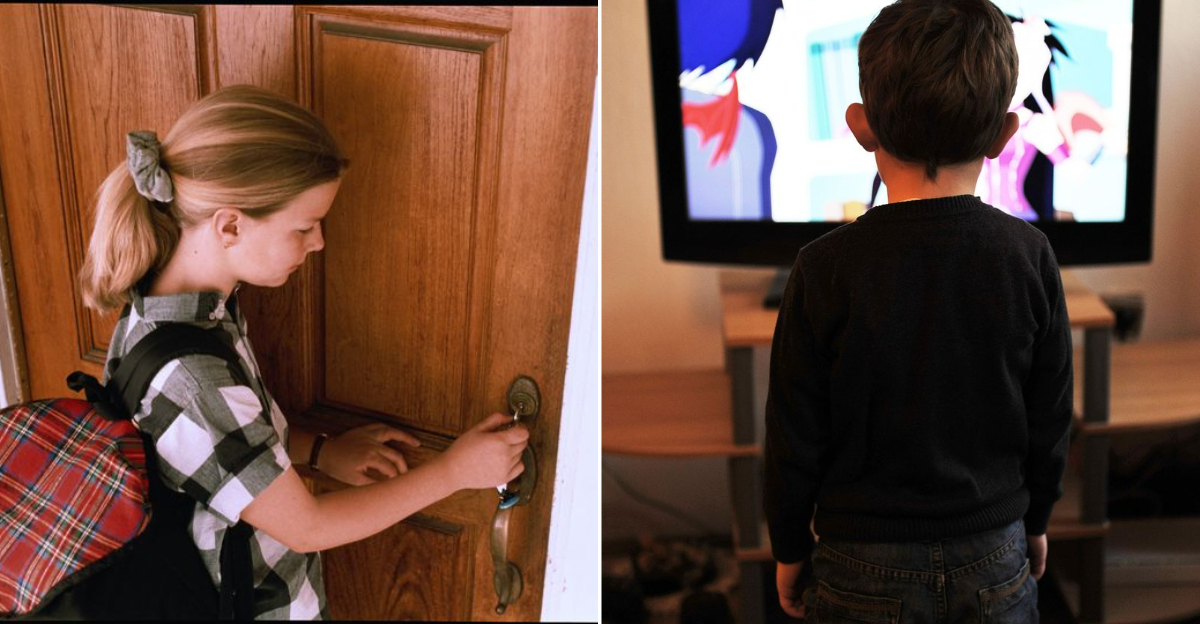
If you ever wondered how kids of the 1960s survived childhood, just ask your parents about their upbringing.
Chances are, you’ll hear stories of seatbelt-free road trips, playgrounds made of solid metal, and the phrase “go play outside” meaning “don’t come back until dinner.”
Parenting back then was a mix of love, instinct, and a whole lot of hands-off freedom. While some of these trends seem unthinkable now, they were once the norm.
Looking back, it’s amazing what counted as “good parenting” in a different era.
1. Unsupervised Playtime

In the 1960s, children roamed freely without much parental oversight. Streets teemed with unsupervised youths, their laughter echoing through neighborhoods. Parents believed this fostered independence and resilience.
However, today’s parents might cringe at the thought, as safety concerns have become paramount. Stranger danger and traffic awareness are now pressing issues.
Despite this, the nostalgia for carefree days lingers, reminding us of a simpler time. Maybe there’s a lesson in balancing freedom and safety, allowing kids some room to explore.
2. Corporal Punishment

The phrase “spare the rod, spoil the child” was taken quite literally. Parents commonly used spanking as a disciplinary method. It was believed to instill discipline and respect.
In contrast, modern parenting leans towards positive reinforcement and communication. Research now highlights the negative effects of corporal punishment on children’s development.
Times have changed, and so have the ways we discipline. Today, the focus is on nurturing empathy and understanding rather than instilling fear. A kinder approach is the norm.
3. Smoking Around Children

Back in the 1960s, smoking indoors was a common sight, even around children. Cigarettes were part of the social fabric, with little awareness of secondhand smoke dangers.
Fast forward to today, and the idea of lighting up near kids is unfathomable for many. Public health campaigns have transformed societal attitudes towards smoking.
Parents now prioritize creating smoke-free environments, exemplifying how health-conscious decisions can protect future generations. It’s a testament to progress in public awareness and family well-being.
4. Gender-Specific Toys
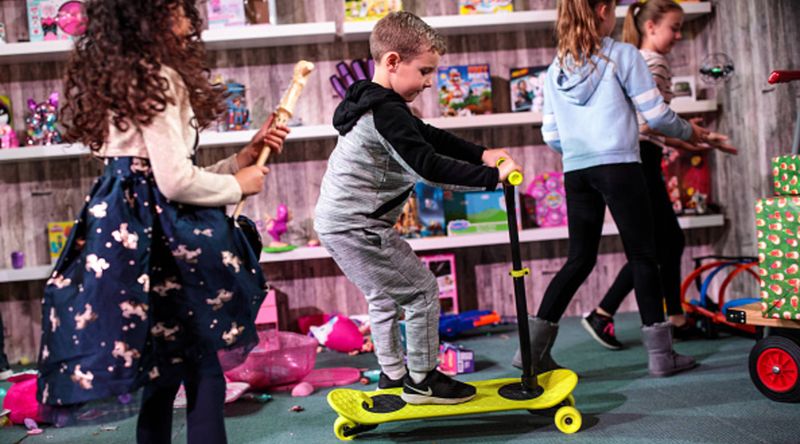
Toy aisles in this era were strictly divided by gender. Dolls for girls, cars for boys—it was an unspoken rule. Gender norms dictated playtime, reinforcing societal roles.
In today’s world, there’s a conscious effort to break these barriers. Parents encourage kids to explore interests beyond traditional gender constraints.
Equality in play is celebrated, fostering creativity and inclusivity. It’s a shift towards letting children define themselves, rather than confining them to outdated norms. Toys are tools for imagination, not gender boxes.
5. Latchkey Kids
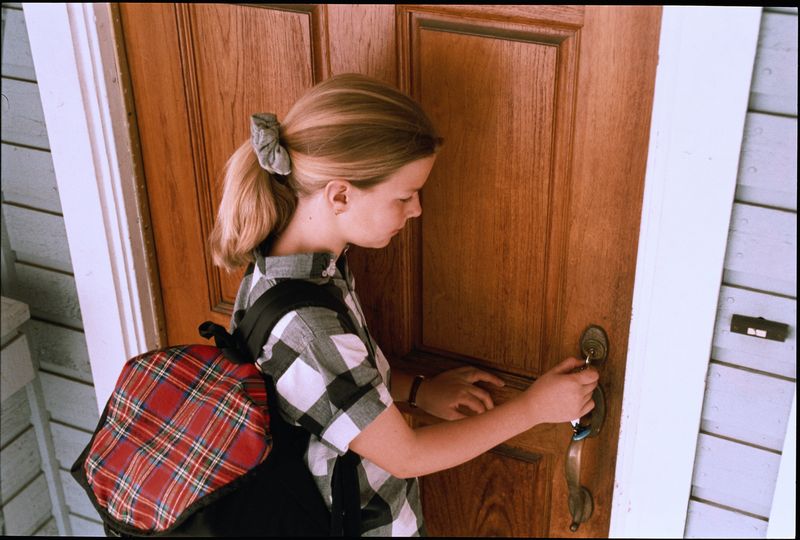
The term “latchkey kids” emerged in these years, describing children who returned to empty homes after school. With both parents working, self-reliance was a necessity.
Today, after-school programs and childcare options abound, offering supervision and enrichment. The concept of leaving young children alone is now met with concern.
Balancing work and family life remains a challenge, yet the emphasis is on ensuring children’s safety and development. Family structures evolve, reflecting changing societal needs and values.
6. Car Safety Negligence
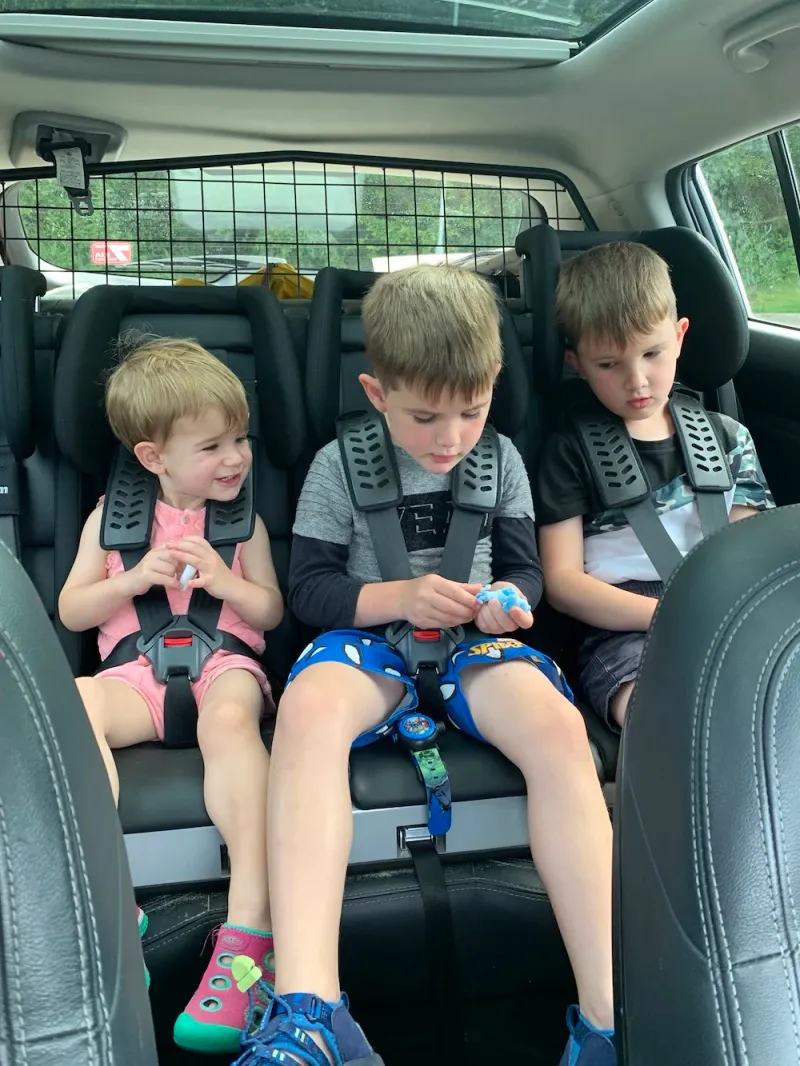
Seatbelts were often disregarded as inconvenient in the 1960s. Kids freely roamed the back seat or even the rear window ledge. Safety standards were lax, driven by a lack of awareness.
Today’s stringent car safety laws highlight the shift towards prioritizing children’s well-being. Car seats and seatbelts are non-negotiable, reflecting advancements in safety research.
Parents now understand the importance of protecting young passengers. It’s a journey from carefree car rides to a culture of vigilance. Safety, once an afterthought, is now a cornerstone.
7. TV as a Babysitter
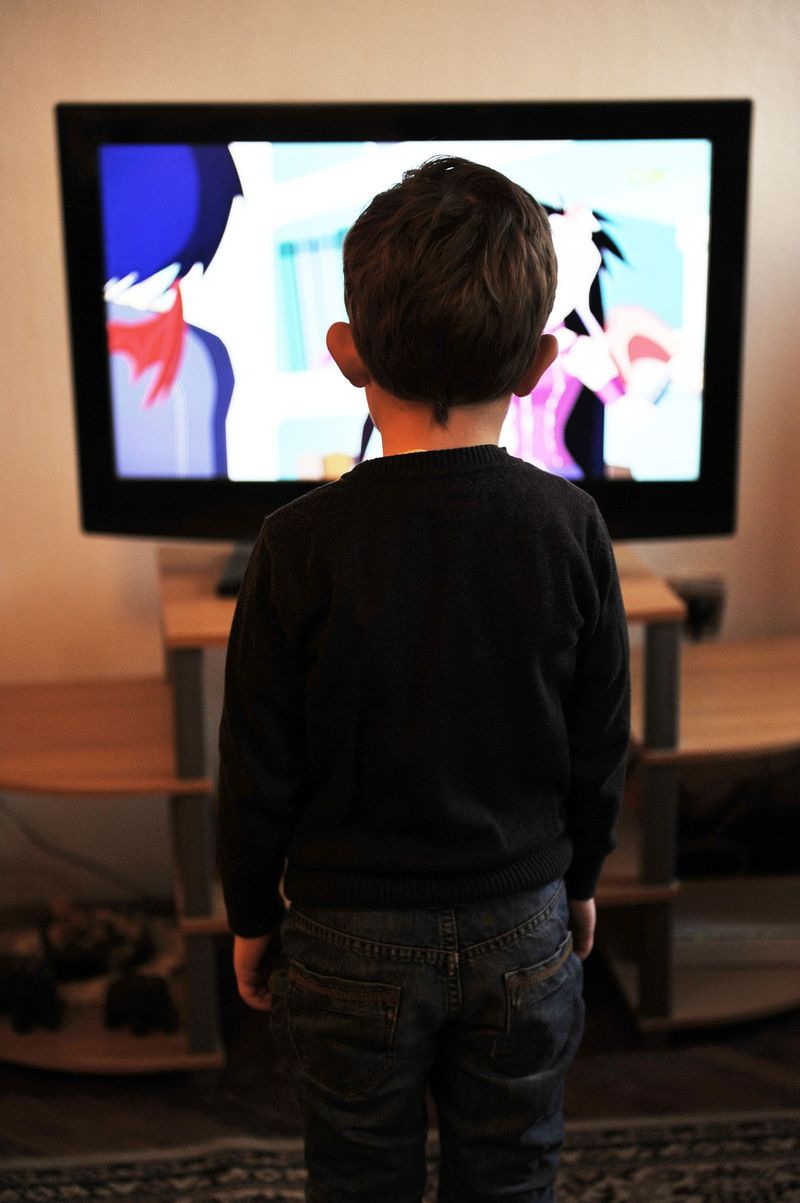
Television emerged as a convenient babysitter during the 1960s. Parents relied on the screen to entertain and occupy children. The iconic black-and-white sets became household staples.
In modern times, screen time is a contentious issue. Parents seek balance, mindful of the impact on development. Educational content and interactive play are favored alternatives.
The evolution from passive consumption to active engagement reflects a broader understanding of child development. Encouraging diverse activities shapes well-rounded individuals, balancing technology with other pursuits.
8. Ignoring Mental Health

Mental health awareness was virtually non-existent in this era. Issues were often dismissed, leaving children without support. It was a time when emotional struggles went unacknowledged.
Fast forward to today, and mental health is a critical component of parenting. Open dialogues and professional support are encouraged.
This shift underscores the importance of nurturing a child’s emotional well-being. Parents now recognize the value in addressing mental health, promoting resilience and confidence. The journey towards acceptance and support is ongoing.
9. Homemade Formula
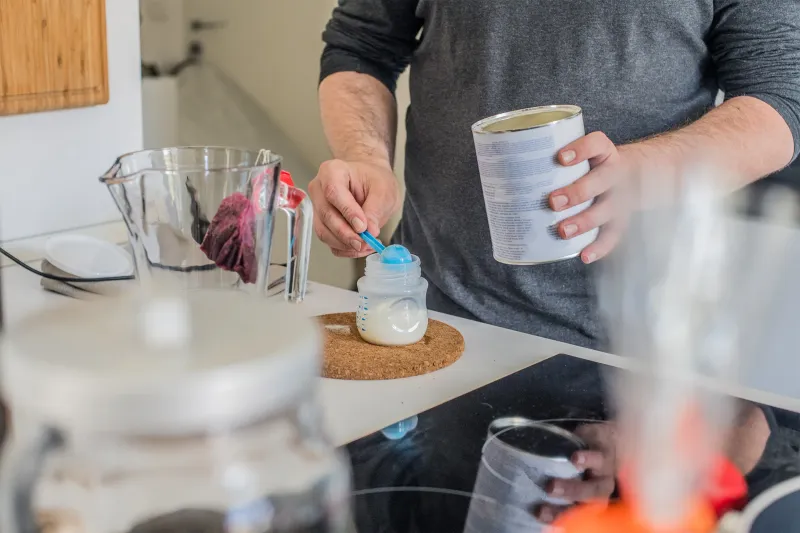
Before commercial formulas, mothers concocted homemade mixtures, often with surprising ingredients. This DIY approach was born out of necessity, but lacked nutritional assurance.
Today, parents rely on scientifically regulated formulas, ensuring babies receive essential nutrients. The shift reflects advancements in nutritional science and safety standards.
Mothers now have peace of mind, knowing their little ones are nurtured with precision. It’s a testament to progress, replacing trial-and-error with evidence-based care. The evolution of baby nutrition mirrors broader changes in parental expectations.
10. Ignoring Allergies
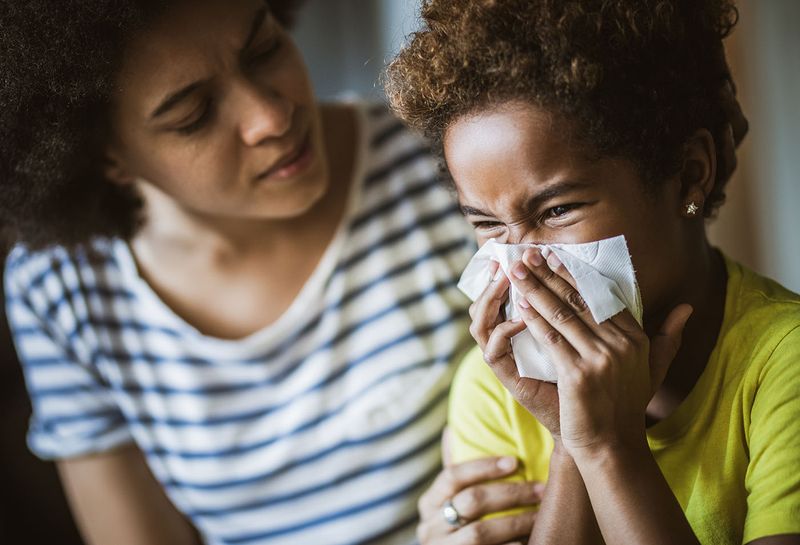
Allergies were often overlooked in the 1960s, with little understanding of their severity. Parents unknowingly exposed children to potential allergens. It was an era of trial and error.
Today’s parents are vigilant, armed with knowledge and resources to manage allergies. Schools and communities support safer environments, reflecting a collective awareness.
The transformation is profound, moving from ignorance to proactive care. It’s a journey towards inclusivity and safety, ensuring children thrive without fear. Allergies, once a mystery, are now meticulously managed.
11. Limited Educational Opportunities
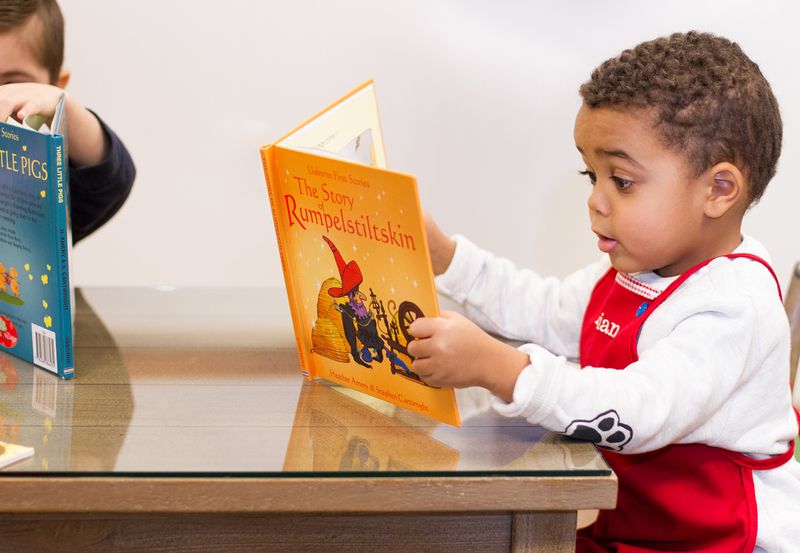
Education in the 1960s lacked the diversity and inclusivity seen today. Opportunities were limited, often reflecting societal biases. Many children faced barriers due to race, gender, and socioeconomic status.
Modern education strives for equity, offering varied opportunities to all students. Programs supporting diverse needs and talents are now common, aiming to dismantle historic barriers.
Parents advocate for a more inclusive system, fostering an environment where every child can succeed. Change is continuous, reflecting a commitment to evolving educational landscapes. The path to progress is paved with determination and hope.
12. Bland Diets
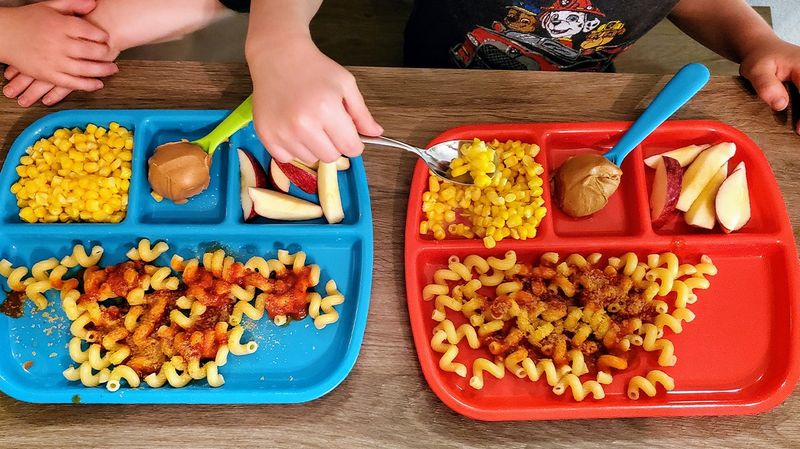
Culinary exploration was not a hallmark of the 1960s family meal. Dinners were often bland, lacking the variety seen today. Processed foods and canned products were staples.
Now, there’s a culinary renaissance within families. Parents introduce diverse cuisines, encouraging adventurous eating habits. Fresh, organic ingredients replace the convenience of yesteryear.
The journey from TV dinners to gourmet family meals reflects broader societal changes. Embracing varied diets enriches lifestyles, cultivating appreciation for global flavors. Families now celebrate food as an experience, not just sustenance.
